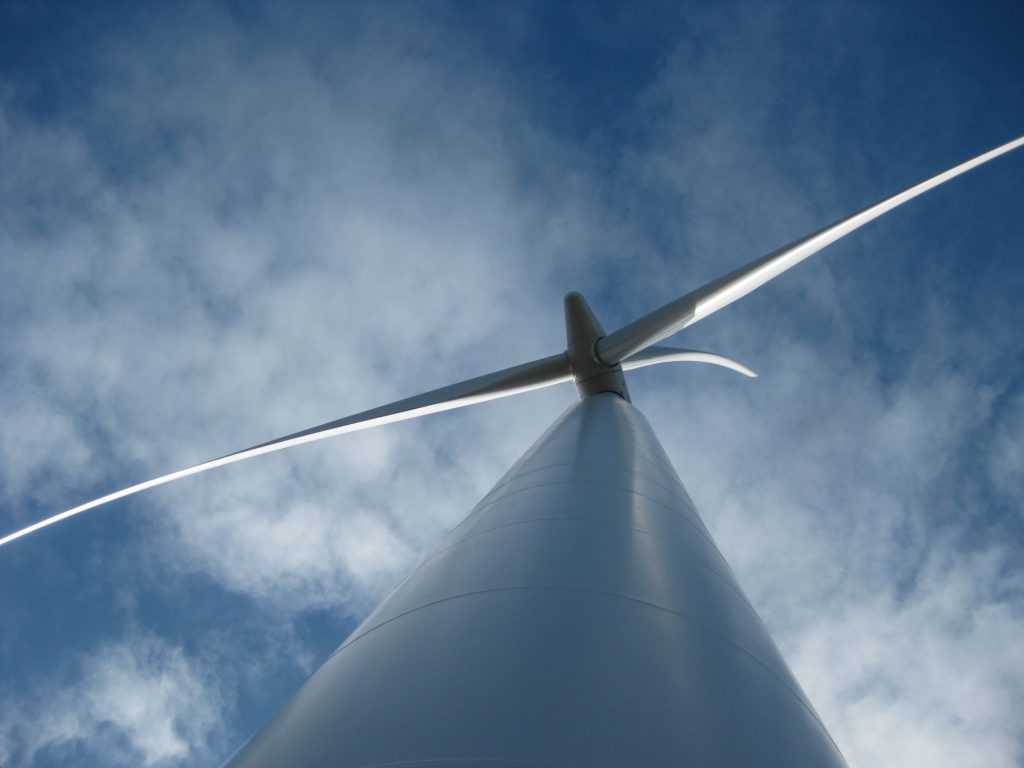2020 is shaping up to be the year of renewably-powers in addition to COVID-19 wreaking havoc on the industry, renewable energy prices are now at all-time lows, making it easier than ever to go green.
In 2020, the electric power sector accounted for over 60% of total renewable energy consumption in the United States, and renewable energy sources accounted for roughly 20% of total electricity generation.
If you are looking to switch, you can find many online sites that break up renewable energy types, but with so many out there it can be hard to know exactly where you should begin.
That’s why today, we’ve broken them down for you. Keep reading for all you need to know about the different types of renewable sources of energy.

What is Renewable Energy?
Solar, wind, hydro, geothermal, and biomass are some of the renewable energy sources available. Photovoltaic cells or solar thermal collectors generate electricity or heat from solar energy.
Wind turbines convert wind energy into electricity. Hydroelectricity is produced by damming a river and using the resulting water pressure to generate electricity.
Geothermal energy transforms into electricity using geothermal power plants.
What are the Different Types of Renewable Sources of Energy?
Sunlight, water, wind, and biomass are all renewable energy sources. The sun’s energy is used to produce electricity or heat water.
Moving water in rivers and streams generates energy. Electricity is generated energy by the wind. Biomass energy is used to create heat from plant and animal waste.
What are Non-renewable Energy Sources?
Renewable energy sources are those that can replenish or replace over time. Examples of renewable energy sources include solar, wind, water, and geothermal. Non-renewable energy sources are those that cannot be replenished or replaced.
Examples of nonrenewable energy sources include fossil fuels such as coal and oil.
Solar Energy
It is energy produced by the sun. This type of energy is renewable because it can replenish by the sun continuing to shine.
Use in a variety of ways, including to power systems homes and businesses, heat water, and produce electricity. Solar energy is a clean and renewable resource that is becoming popular as we look for ways to reduce our reliance on fossil fuels.
Wind Energy
Created by the wind, which is why it is such a renewable resource. The wind blows the blades of a wind turbine, which in turn creates electricity.
Wind energy is a clean and renewable source of energy to power homes and businesses.
Geothermal Energy
This energy comes from the heat of the Earth itself and can harness in many different ways. One common method is to use it to heat buildings.
Done by Pumping hot water from the ground into a building, for heating or hot water. Geothermal energy also generate electricity.
By using the hot water to spin a turbine, which in turn generates electricity. There are many other ways to use geothermal energy, and it is a versatile renewable resource.
It is also very sustainable energy, as the Earth’s heat is not going anywhere anytime soon.
Hydroelectric Energy
Generated by using the force of moving water to power systems turbines, which in turn generate electricity. This type of renewable energy is both clean and efficient, making it a great option for those looking to reduce their carbon footprint.
The water is usually dammed up to create a reservoir, and then the water releases through a turbine, which spins a generator to create electricity.
Biomass Energy
It is created from organic materials, like trees and plants. This type of energy is renewable because the organic materials used to create it will continue to grow.
Hydropower
One common method is to dam a river and resulting reservoir to power a hydroelectric plant. The water releases from the reservoir and spins a turbine, which turns a generator and produces electricity.
Other methods include using the power of moving water to spin a turbine, or using the pressure of falling water to produce electricity. There are many advantages to hydropower, including that it is renewable, efficient, and has a low environmental impact.
Tidal energy
It is a type of renewable energy that is generated by the tides. Tidal energy is a very powerful and efficient form of renewable energy, and it is a renewable resource that is very reliable.
It is also a very sustainable form of energy, as it does not produce any greenhouse gasses or pollution.
Hydrogen energy
A very light and versatile element to power everything from cars to homes. The best part about hydrogen is that, when used in a fuel cell, it produces zero emissions.
That means that using hydrogen as an energy source can help reduce pollution and help fight climate change.
What Are the Benefits of Renewable Energy?
One of the most significant is that it can help reduce our dependence on fossil fuels. Renewable energy comes from sources that replenish, such as sunlight, wind, water, and geothermal heat.
Using renewable energy can also reduce our greenhouse gas emissions and help combat climate change. Additionally, renewable energy often provides more local jobs than fossil fuel energy projects.
And as renewable energy technologies continue to advance, their costs are dropping, making them more and more competitive with traditional energy sources.
In Conclusion
The types of renewable sources of energy are those that replenish in a human timescale. There are many benefits to using renewable sources of energy, including reducing our reliance on fossil fuels, creating jobs in the renewable energy sector, and reducing our carbon footprint.
If you need more information about the latest tech news, devices, or more information about green energy sources, then check out our blog!